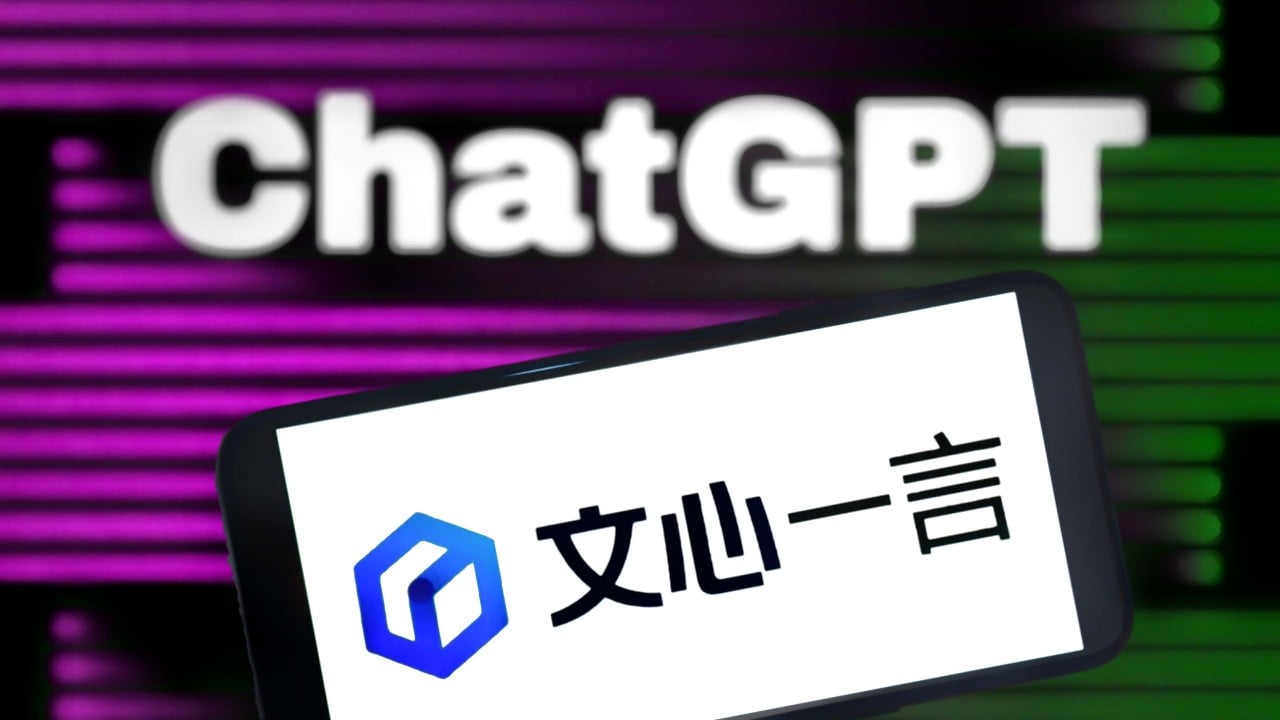According to the State Council’s 2017 guidelines, AI should be used to promote China’s technology, economy and social welfare, maintain national security and contribute to the world. The guidelines also said: “AI should be applied in the public service and social management to build a safer, more comfortable and convenient society.”
Why are nations racing to achieve AI dominance? One reason is that AI is a foundational technology with the capacity to increase productivity, boost competitiveness and help solve social challenges.
So what does the AI industry in China look like? According to a recent Nikkei study, “China is the undisputed champion in artificial intelligence research papers … far surpassing the US in both quantity and quality”.
China’s AI market is projected to reach US$38.89 billion this year, and will grow by a compound annual rate of 18 per cent to reach US$104.7 billion by 2030. This is less than the US market, the world’s largest at a projected US$106.5 billion this year.
It is fair to say China can indeed become a world leader in AI by 2030. This is especially given its number of AI companies, number of people working in them, advanced AI infrastructure and supportive policies.
Furthermore, China has 975 million smartphone users, by far the highest in any country, meaning it generates a vast amount of digital information – and data plays a paramount role in developing AI.
The initiative calls for a “people-centred” approach to AI (i.e., developing AI for the good of humanity and its progress), more inclusiveness and fairness in AI development so countries can benefit regardless of their political or economic situation, testing and assessment systems based on AI risk levels, and regulation reform to protect privacy and data security.
Even though Global AI Governance Initiative is not the first multilateral forum on AI, it is undoubtedly one of the bigger ones, with potential implications for the AI regulatory scene across the globe.
How Hong Kong can play a role in preventing AI Armageddon
How Hong Kong can play a role in preventing AI Armageddon
To sum up, China will probably become the global AI leader and Hong Kong has a role to play in this. China’s AI industry is powerful and will keep on growing. While it is still too early to say if the Global AI Governance Initiative will be a success, it is relevant that China starts leveraging the Belt and Road Initiative.
Dr Oriol Caudevilla is an honorary fellow at the Asian Institute of International Financial Law at the University of Hong Kong and a board director at the Global Impact FinTech Forum. The views do not necessarily reflect those of any of the organisations the author collaborates with



